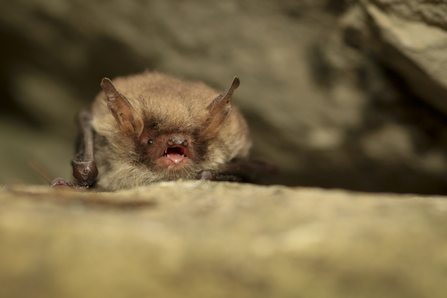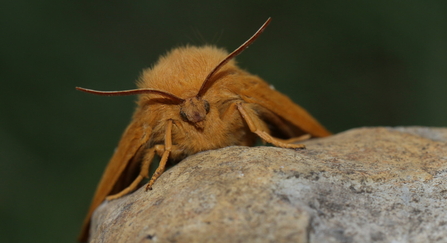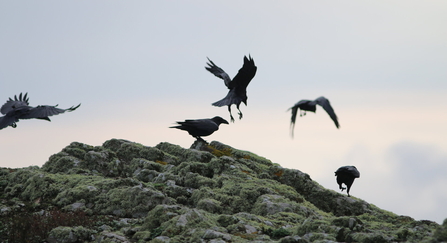From the ominous Death's-head hawk-moth to the carnivorous habits of round-leaved sundew, plenty of British wildlife has a gruesome reputation. But does it deserve it? Read on to learn more about some of our spookiest species and how they help us.
Bats
There are 17 species of bat in the UK, meaning they make up a quarter of all our mammals! All UK bats are nocturnal – preferring to leave their haunts only at night.
Despite a spooky reputation and association with vampires, bats are actually very helpful visitors to have in your garden because of their bug-eating habits. They feed on midges, mosquitos, and other flying insects that they find in the dark by using echolocation. Pipistrelle bats can easily eat 3,000 insects a night!




